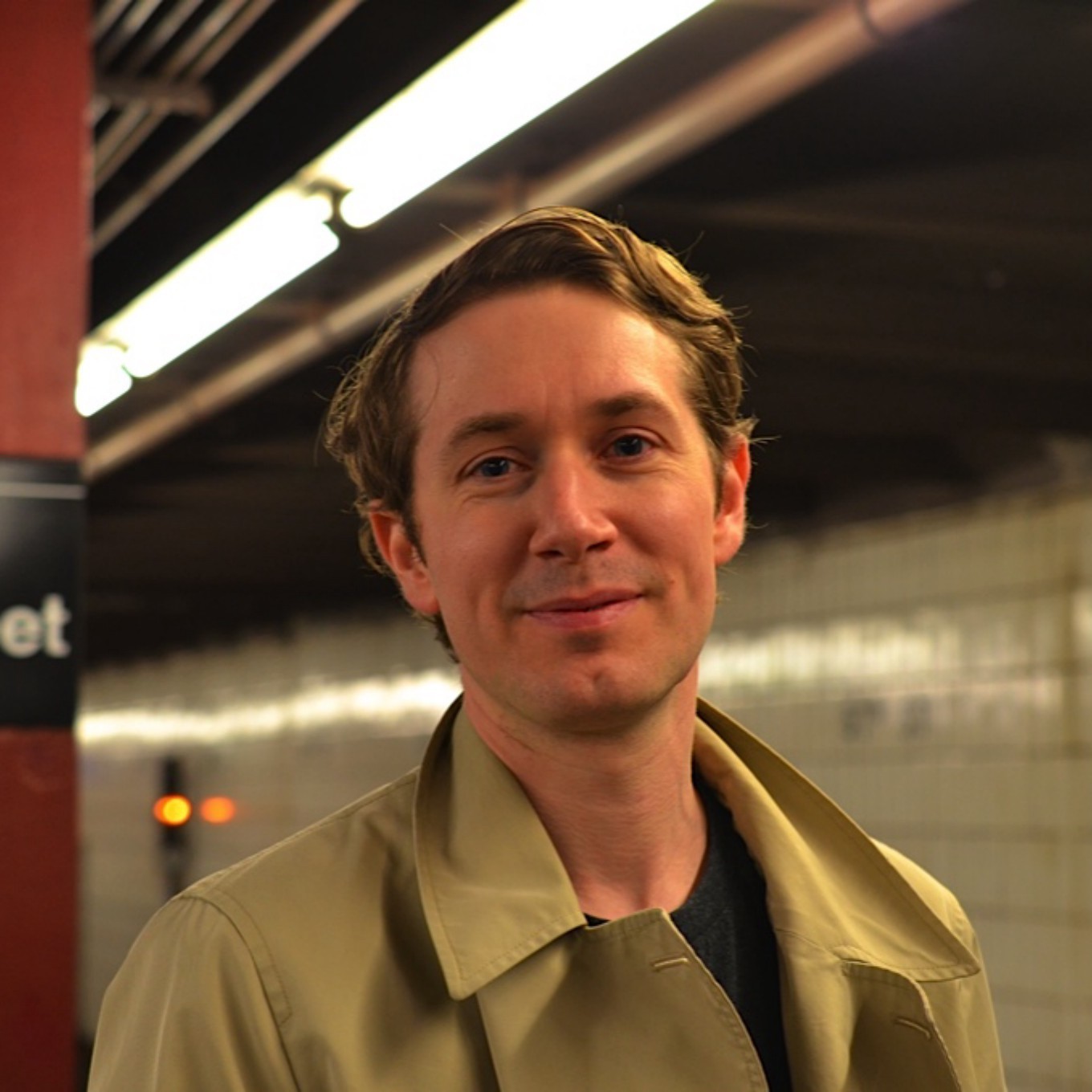Evil Story Time Part 1
A Pop Culture Study of Zombies
research writing | creative writing | writing | essay | writer | zombies | viruses | tropes | narratives | pop-culture study | pop-culture
Quick Links
research writing | creative writing | writing | essay | writer | zombies | viruses | tropes | narratives | pop-culture study | pop-culture
Introduction
We love evil in our media.
Audiences, readers, and gamers alike intake fictional narratives every day and you would be hard-pressed to find a story without something malevolent wreaking havoc in the plot. The proof isn’t hard to come by. Quiz time! How many of these titles have you seen or at least heard of?
NCIS | Dexter | The Sopranos
The Walking Dead | The Godfather | Psycho
You probably recognize most of those titles and can think of more media with similar themes. Some interesting questions arise with this revelation…
Why do we like evil?
I would argue that this dark phenomenon in our media can teach important lessons. Each villinous trope comes with their own teaching moment but perhaps the most universal and important of all lessons is that our greatest antagnoists are far from being alien to us. Rather, they reflect the duality of human nature. This element enables us to put aside a horrendous crime and accept it later in the story as completely justified then go back to being horrified in a blink of an eye while still feeling realistic.
To explain this, I will put a focus on three different antagonistic tropes that have been prevalent in contemporary times…
I will be framing my analysis through the lens of the modern Western perspective due to the fact that the main producer of films and other media on these topics are predominantly generated by Western cultures. A shame, I know! Per topic of focus, I will have four questions (with quippy little titles) that will aid in our exploration of the pop-culture prevalence of our favorite antagonists!
- How was it popularized?
- Why do audiences like it?
- What do we learn?
- Finally what risks come with the trope?
Undead and Popular
1920
Zombies began their haunting of the Western audience with the rumors of voodoo magic during the peak of the Jazz era.
1932
Edward and Victor Halperin created the film which playing off those rumors from the previous decade.
1968
Zombies as we know them today took form in George Romero’s iconic film. The idea that your love ones will rise from the dead to eat you hasn’t left the creature’s lore since!
These monsters have remained in the public consciousness since before the 1960’s and many examples of their popularity are easy to find. It would be impossible not to mention “The Walking Dead”, which can be enjoyed as a graphic novel, TV show, and video game series.
“The Walking Dead” narrative is a prime example of taking what should be a worn-out trope and keeping it fresh. The creators accomplish this by drawing the story out past where past zombie narratives would have ended. These choices lead to the zombies becoming more a part of the world’s ambiance and instead of making human survival the subject of focus.
Other key examples of the zombie trope being subverted include…
The Last of Us | Resident Evil | Train to Busan
Warm Bodies | World War Z | Zombieland
…all of which put variances on previous storylines to create different angles on this trope.
We Love Zombies for
Their Brains
So yes, zombies are scary and very popular… but why do audiences like them anyway? There are arguments, which I agree with, that connects the love of zombie content with real-life social pessimism and that it actually has a coping function in our Western society.
In Roger Liddle’s article “Social Pessimism: The New Social Reality of Europe” there are some surprising statistics. When asked questions, such as “would you say that people’s lives in your country will be better or worse than today”, an approximate average of 64% of participants from the European Union, United Kingdom, France, Germany, and Italy answered with the negative option.
What does that pessimism mean? It means that storytellers and creators from Western societies are more likely to produce pessimistic content – such as our beloved zombie apocalypses.
Forbes even has an article: “Why it Pays to be a Pessimist” encouraging the pessimistic mindset. Why is that? Well…

Vidergar thinks that the violence of WWII and the mass destruction that took place set a fixation in the public consciousness, an obsession with an apocalypse and how humanity will survive.
Now the idea of apocalypse and survival sounds contradictory… to survive is too optimistic right? Social pessimism creates the desire for stories where someone has to attempt to survive – whether they do or don’t is not necessarily important.
The real importance lies in the fact that the characters are in a situation where their survival is at risk. Watching survival situations bring out our inherent instincts. The sense of danger reaches into a part of ourselves that seeks a challenge.
Despite clearly having this want, our reality is one that seeks to have comfort. Today, the focus is to subjugate that instinct with easy access to all our survival needs (food, water, shelter, companionship, medical care). Thus, the pessimism that the future is uncertain and those needs may not be met… well, it has rooted itself into our pop-culture narratives because of our hidden, darker wants.
Let’s look at “28 Days Later“! This British horror film (which won 10 awards including the MTV Movie Award, and the Empire Award for Best British Film from the European Film Awards) is a zombie cinema classic!
The storyline involves some animal activists who invade a laboratory full of chimpanzees that, unknowing to the activists, were infected with a “rage” virus. Twenty-eight days later the protagonist, Jim, wakes up from a coma to a ravaged England and he now seeks a safe haven in order to survive.
If you’ve seen the movie then you will recognize that those elements we discussed earlier are present.
Survival instinct is engaged in both the characters and viewers alike. On top of that, it also provides a challenge to our social morales too.
The zombie trope takes full advantage of the audience’s love of the survivor’s tale by placing entire populations simultaneously under a live-or-die situation, akin to 28 Days Later.
Vidergar makes more points relevant to our zombie conversation. She argues that audiences are drawn to the ethical choices characters in survival situations must make within the narrative because it…

In the article “Our Bizarre Fascination with Stories of Doom” it is argued that audiences think to themselves…

Those questions are what the audience feels compelled to answer. They either have to admit their own weaknesses or find comfort knowing that, like the character, they may survive too. The undead hoard enables society to question themselves as well as their views while remaining safe in an entertainingly horrifying way.
Remember to get your zombie-immune shots this season!
So, we know the history of zombie media and why we find their stories fascinating…but what can the brain-hungry undead teach us? Zombie makes us confront real-world disease and health concerns. Epidemics like Ebola, Asiatic Bird Flu and Mad Cow’s Disease have caused concern and even panic in our society because we realize that sweeping epidemics are a reality and not just a storyline.
(Side note: this essay was originally written 2 years before the COVID-19 pandemic, so please pardon anything that is outdated!)
Modern takes on the zombie trope typically describes a highly infectious virus that creates monsters out of everyday people. It is apparent why zombies lend themselves to the topic of disease – just look at their common design! Here is the symptoms we can draw out of the frequently used zombie design made popular by “The Walking Dead”…
- Aggressive and illogical behavior
- Dehydrated, necrotic skin with loss of color
- Discolored teeth with receding, black gums
- Clouded and unfocused eyes
- Inability to speak or pained groans
- Jerky and involuntary body movements
- Severely underweight
When these symptoms are entered into WebMD’s Symptom Checker the following possible diseases appear… hyperthyroidism, hemophilia, and drug side effects.
Research conducted by medical experts suggests that apocalyptic stories, like zombie movies, can be an effective way of educating people about actual contagious diseases by making them more aware of the dangers involved. Melissa Nasiruddin and her peers wrote the article “Zombies – A Pop Culture Resource for Public Health Awareness” in which they compared the common traits of the zombie to a real-world virus Rabies! Symptoms include…
- Changes in cognitive behaviors (i.e. aggression, confusion)
- Decrease in motor skills (i.e. vocal cord control, muscle spasms)
- A high fever
- Increased production of saliva
- Transmits through bites or scratches
Thus, because of how easily a virus explains zombie traits it can be a useful tool for public health education.

The evidence is clear that audiences love to indulge in zombie survival scenarios. Look no further than the aforementioned “The Walking Dead” that had about 18 million viewers in the sixth season. Despite that, in reality, no one wants this outbreak to happen. Using the zombie virus as an attention-grabbing example, the CDC has used this narrative trope to inform the public of how to prevent real outbreaks.
Nasiruddin’s research makes an important point; that such public health awareness is driven by a wide range of easily consumed media, from government websites to interactive games. Nasiruddin notes how frequently public service announcements utilize zombies “as an analogy”.
These mediums, entertaining or otherwise, explain similarities between the zombie virus and other lesser-known viruses and how one can protect themselves and their community. The CDC even has a section of their website dedicated to zombie preparation!

Next, there is using games or social media to show how real epidemics form as well as the consequences of having no prevention and intervention strategies.
A good example of this would be the free online game called “Pandemic”, where players play as a virus or bacteria and the goal is to infect the entire planet. Throughout the game, the players can see how governments, global transportation, and weather can affect the spread and cause a pandemic.
Another public health education tactic is to institute clubs, blogs, or magazine articles to encourage taking what zombies teach us and using it practically in the real world. Audiences watch characters use skills that aren’t very encouraged for the public to learn but can save lives. In this case, emulating the fictional world can be beneficial! This unfortunately also ties directly in with what is negative about zombie enthusiasm … paranoia.
Zombie-Apocalypse Rule 1 – Do Not Panic!
While the zombie apocalypse is fictional, the narrative has influenced the public consciousness, and not always for the better. Our exposure to zombies has been misconstrued by news sources and “reality” entertainment as a real possibility.
As we already discussed, learning about pandemics has value and everyone should understand how to react in the off chance that they are exposed to a viral menace. On contrary, such awareness has also caused unhealthy paranoia in the minds of a misinformed public.
The saturated coverage of actual incidents of viral epidemics as well as reality shows like National Geographic’s “Doomsday Preppers”, (2011-2014) create entertainment out of certain peoples’ paranoia that the world was heading for an inevitable disaster.
While not all featured on the show were concerned about zombies, quite a few of them were. This show, which could and should have been educational, made light of people being too scared to live their lives without paranoia. In several episodes’ parents are seen training their kids in military tactics every day instead of letting them play with other children in the neighborhood.
On National Geographic’s website, it provides the following commentary about one of the show’s characters Craig…

While being prepared isn’t a problem (everyone should be) there is a difference between being generally prepared for an emergency and being under the constant fear of a society-ending event. There is no evidence that the show is necessarily a bad influence, but any storyteller recognizes reality TV and other media use of tropes or narratives to twist what is real to encourage ratings.
“Doomsday Preppers” is filmed like a documentary, framing the featured family to appear tough, smart, and cool. The show sprinkles real information in with the exaggerated and is produced by National Geographic – creating a reputation that appears legitimate and educational. It is extremely easy to scare a percentage of the public with regard to disease or disasters with some careful word use and specific imagery.
A recent and real-world example of this was with the 2014-2016 Ebola outbreak in West Africa, where 70% of infected patients perished. The case leads to strong fears of Ebola becoming a pandemic event.
Some popular news sources in 2014 had headlines such as: “Yes, Ebola is Pretty Much Following the Standard Zombie Scenario“, “The Ebola Conspiracy Theories” or “What We’re Afraid to Say About Ebola” and “Africa Confirms 3rd Ebola Victim Rises from the Dead, Releases Picture of First “Ebola Zombie” Captured“. The headlines were not only worded to be clickbait but irresponsibly provided false information without anyone having to actually read the full article. Keywords like “conspiracy”, “zombie”, “confirms” and “afraid” instill ideas that lead to paranoia.
In reality, the Ebola epidemic occurred in West Africa, and in 2016 the WHO, World Health Organization, stated that the countries affected are currently Ebola-free.
For those who may not know what Ebola is, it is a virus originating in Africa that typically has a 50% mortality rate. It causes symptoms such as fever, fatigue, vomiting, diarrhea, internal/external bleeding, and organ failure.
During this particular outbreak, four Americans were infected and one died in a US hospital. It is understandably a terrifying virus, especially when the foreign virus enters our Western society. This caused panic, the shunning of fellow citizens, and protesting.

Fiction often bleeds into our perceptions of reality and fiction can be often misconceived as truth. Take, for example, Orson Welles’ 1938 broadcast adaptation of H.G. Well’s “The War of the Worlds“. The radio broadcast caused widespread panic as people thought the broadcast was news reporting of an actual alien invasion.
Today, the propagation of the zombie apocalypse is not dissimilar from 1938’s climate of believing an alien invasion was impending. There are many ways false information is fed to audiences…

The real world implications are there. I think The War of the Worlds, Doomsdays Preppers and the Ebola news saturation are examples of how media effects our paranoia of world-ending events, making them real-sounding enough to be believed. The idea of zombies led to people claiming certain incidents as proof of the possibility of these creatures being real.
2012 in Miami Florida, a man attacked another man while being high on bath salts. The fact that he ate a part of his victim’s face caused the public to think of zombies. Bath salts have been dubbed ‘a zombie drug’, and the term has been used in online news sources such as Syracuse.com, Idependent.co.uk, and Rollingstone.com.
The use of certain iconic words and narrative tropes is dangerous. Sometimes news and fiction should be kept distinctly separate.
research writing | creative writing | writing | essay | writer | zombies | viruses | tropes | narratives | pop-culture study | pop-culture
